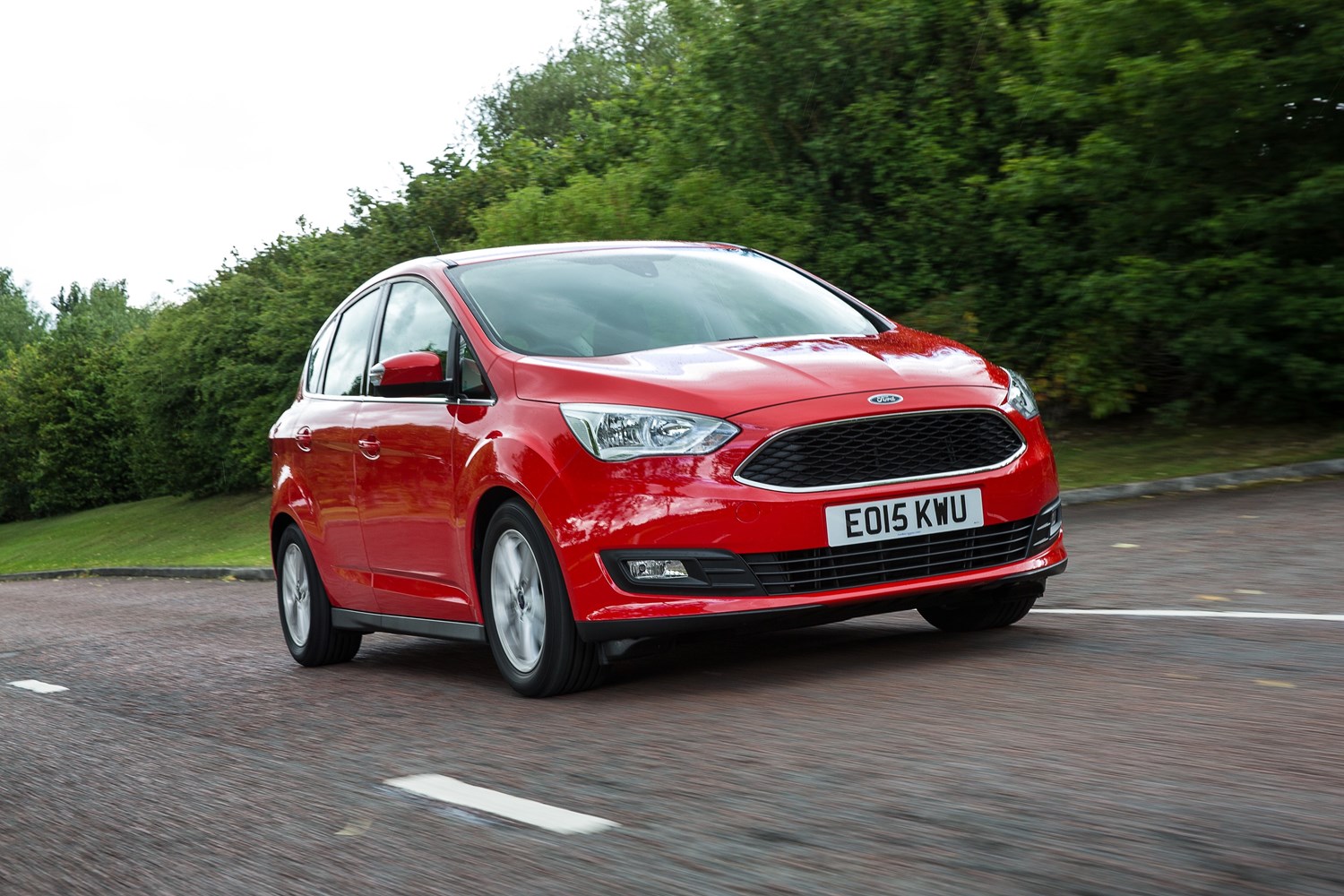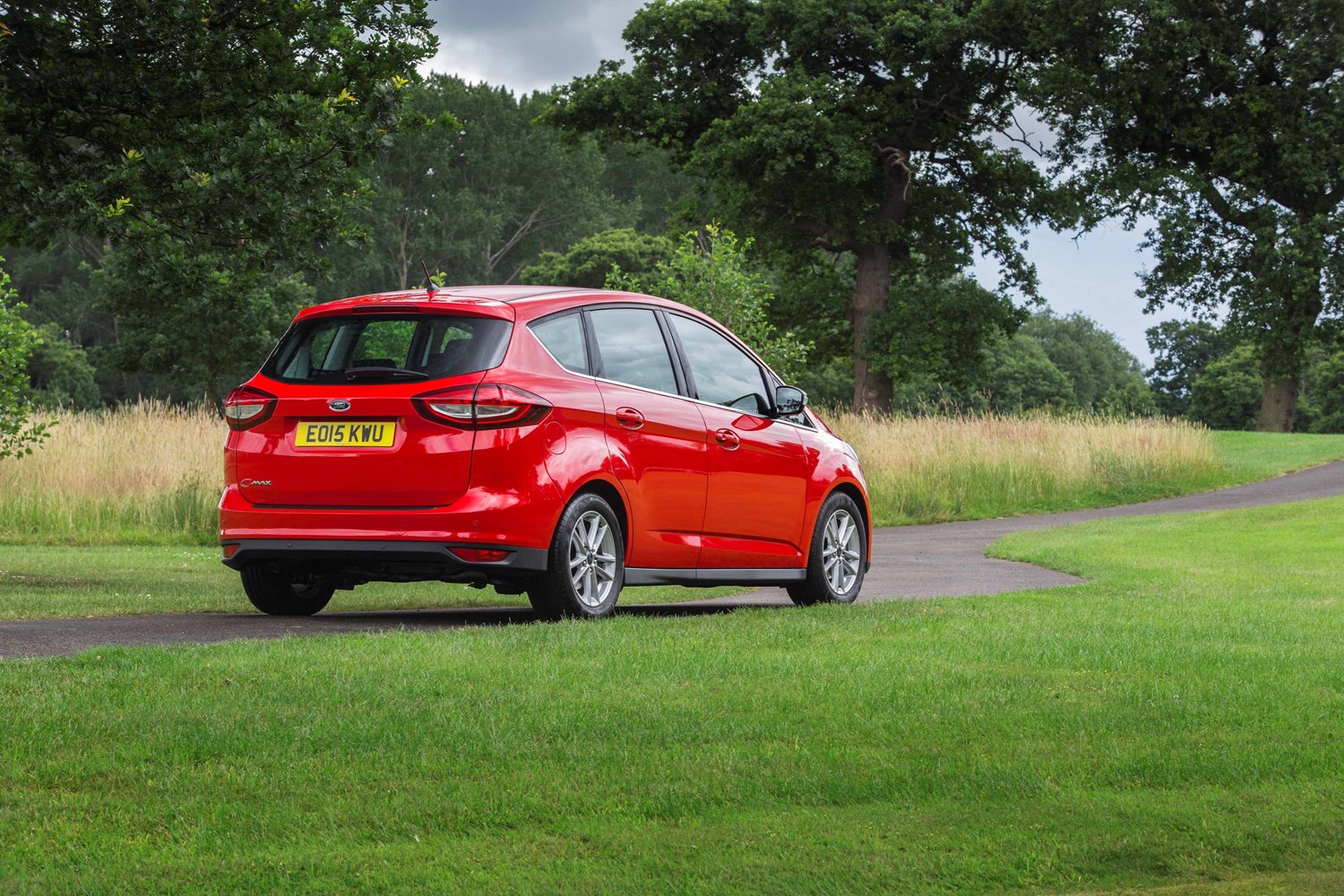Latest model
In 2014, Ford would introduce a new facelift to the C-Max line-up. It wasn’t the most comprehensive of updates but ushered in new exterior colours, revised lighting and a new tailgate.
Ford also decluttered the interior of some buttons, introduced more creature comforts and also added additional safety features – including rear-cross traffic alert, adaptive cruise control and self-parking functionality. A new eight-inch touchscreen was also installed, which helped to give the cabin a more modern feel, along with more efficient engines.
Unfortunately, by this time MPVs had fallen out of favour with buyers, with many looking to crossovers and SUVs. The C-Max would continue in production until 2019 before being axed with no direct replacement in sight. The brand is now focussing its efforts on the more lucrative crossover segment instead.
Value for money
Across the C-Max’s lifetime, it continued to offer great value for money – especially in lower trims. Prices started from £18,195, which wasn’t too much more than the Focus it’s based on, though today your only option is to go for a used model.
For a second-generation C-Max, prices start from as little as £2,500 for an early high-mileage example. You’ll need to increase that budget to around £4,000 for an example with fewer miles. The 2015 facelift model, meanwhile, is available from around £6,500. If you’d like to get your hands on one of the late 2019 models, these are available from £11,000 – meaning you’ll get a lot of car for the money.
Standard equipment is also generous, and includes cruise control, 16-inch alloy wheels and rear parking sensors as standard, though you’ll need to upgrade to the mid-spec Titanium version to benefit from a touchscreen.
Looks and image
MPVs don’t have the best reputation for image, but we reckon the C-Max is one of the more appealing. Particularly after the 2015 update, this Ford offers a sleek design, while its neat grille helps to give it a more modern look than rivals of the same age.
The dashboard is also quite stylish, with a smart layout, if lacking the more modern look of the latest Ford models. Some of the buttons are small and can prove to be fiddly to use on the move, though it’s useful that all models benefit from Bluetooth fitted as standard. The quality also errs more on the side of durability than it does quality, with plenty of harder plastics, though these are arguably well-suited to family duties.
Behind the wheel is where the C-Max shines, though. Whereas plenty of its rivals disappoint in this area, this model drives in a similar way to the standard Focus hatchback, which is high praise indeed. There’s little body roll through the corners, while the steering offers a decent amount of feel to it. A good line-up of engines also adds to the package.





